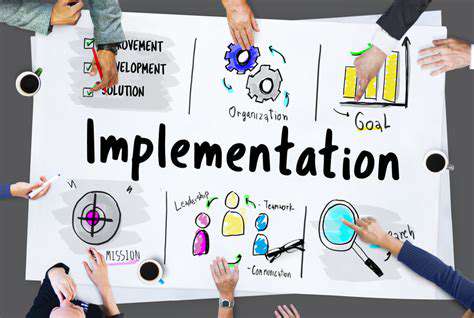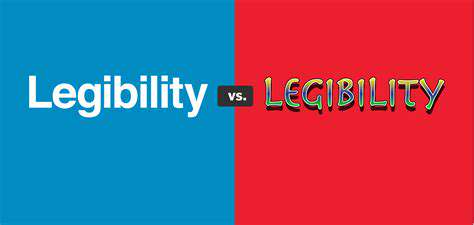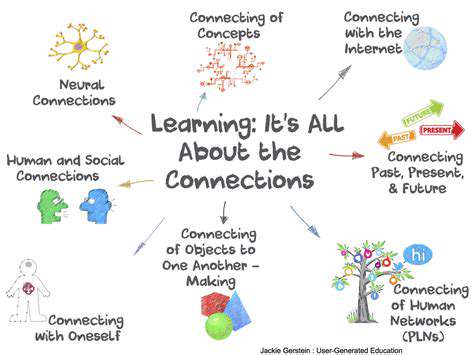Guide to Understanding Exam Formats
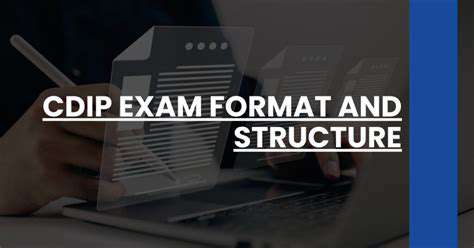
Exam Format: Multiple Choice
Multiple-choice exams are a common format, presenting students with a question and several possible answers. Students select the response they believe is correct. This format is often used to assess a broad range of knowledge and understanding, from basic recall to more complex application of concepts. Multiple-choice questions can be designed to test a variety of cognitive skills. It is also efficient for grading, as the answers are often easily scored through automated systems.
The structure of multiple-choice questions often includes a stem (the question itself) and several options, including a correct answer and distractors (incorrect options). Careful crafting of distractors is crucial to ensure that the question accurately assesses the student's understanding.
Exam Format: True/False
True/false exams present statements that students must determine as either true or false. This format is straightforward and can be effective for assessing basic comprehension, but it can also be challenging to create questions that accurately measure complex understanding. It is important to ensure the statements are unambiguous and directly related to the course material. This format is often used for introductory material or to quickly assess a broad range of knowledge.
The simplicity of true/false questions can lead to issues if not carefully crafted. Ambiguity in the statements can lead to incorrect interpretations and potentially inaccurate assessment of student understanding.
Exam Format: Short Answer
Short-answer questions require students to provide concise written responses to questions. This format allows students to demonstrate their understanding of concepts and their ability to apply knowledge in a more nuanced way than multiple-choice or true/false questions. This format often encourages critical thinking and problem-solving. It can be a valuable tool to evaluate higher-order thinking skills and the ability to articulate ideas.
Grading short answer questions can be more time-consuming than other formats, but it can also provide richer insights into student understanding.
Exam Format: Essay
Essay exams typically require students to write extended responses to complex questions. This format is an excellent way to assess students' ability to synthesize information, develop arguments, and express themselves in writing. Essay questions often explore complex ideas and evaluate higher-order thinking skills. This format is especially useful in disciplines where critical analysis and argumentation are crucial.
Essays provide an opportunity for students to demonstrate their ability to construct coherent and well-supported arguments. However, the grading of essays can be more subjective than other formats.
Exam Format: Matching
Matching questions present students with two columns of items and ask them to connect the items in the columns based on a specified relationship. This format is often used to test students' knowledge of specific terms, definitions, or concepts. Matching is a quick way to assess recall and recognition of information. It is usually straightforward to administer and grade, making it a practical option for exams.
Carefully constructed matching questions can effectively assess the ability to connect seemingly disparate pieces of information.
Exam Format: Fill-in-the-Blank
Fill-in-the-blank questions present students with incomplete sentences or statements. Students are required to supply the missing words or phrases. This format is a good way to test students' recall of key terms and concepts. It is often used to assess basic comprehension and recall of specific details. The format is a good option for evaluating foundational knowledge.
Fill-in-the-blank questions, when properly designed, can provide a fair assessment of factual knowledge and understanding.
Exam Format: Problem Solving
Problem-solving exams present students with scenarios that require them to apply their knowledge and skills to find solutions. This format is particularly valuable in fields such as mathematics, science, and engineering. Problem-solving exams focus on practical application and critical thinking skills. This format can be tailored to evaluate a wide range of skills, from basic calculations to complex simulations. It is also a great way to gauge the students' ability to think critically and solve complex issues.
Effective problem-solving exams require carefully designed questions that clearly outline the problem and the steps needed to reach a solution.
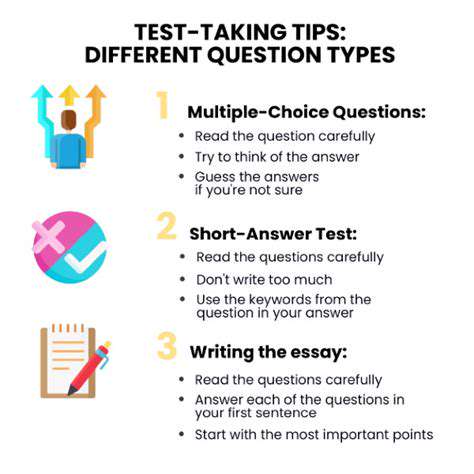
Exam-Taking Tips for Success Across All Formats

Understanding the Exam Format
Before diving into the study material, it's crucial to thoroughly understand the exam format. Knowing the types of questions, the time allotted for each section, and the weighting of different topics will allow you to strategically allocate your study time and energy. This proactive approach to exam preparation helps you feel more in control and less overwhelmed on the day of the exam. A clear understanding of the exam structure provides a roadmap for your preparation.
Effective Time Management
Time management is paramount for success on any exam. Developing a realistic study schedule and sticking to it is essential for covering all the necessary material. Allocating specific time slots for different subjects or topics allows for focused study sessions and helps prevent cramming. Efficient time management ultimately reduces stress and improves your ability to approach each question with a clear head.
Breaking down large tasks into smaller, manageable chunks can also contribute significantly to effective time management. This approach allows for better focus and prevents feelings of being overwhelmed by the sheer volume of material.
Active Recall Techniques
Active recall techniques are powerful tools for enhancing memory retention. Instead of passively rereading notes, try actively recalling information from memory. This method forces your brain to work harder, strengthening neural connections and making the information more accessible during the exam. Active recall significantly improves your ability to recall information under pressure.
Prioritizing and Identifying Weaknesses
Identifying your weak areas is a crucial step toward exam success. Analyze your previous tests, quizzes, or practice questions to pinpoint areas where you struggle. Focus your study efforts on these specific weaknesses, employing targeted strategies for improvement. This targeted approach to studying will yield better results, allowing you to gain a deeper understanding of difficult concepts.
Creating a Conducive Study Environment
A conducive study environment is vital for effective learning and focus. Minimize distractions by finding a quiet space free from interruptions and unnecessary stimuli. Creating a comfortable and organized workspace can significantly improve concentration and productivity. This focus on creating a supportive environment enhances your ability to absorb information, leading to better retention and ultimately, improved exam performance.
Utilizing Practice Questions and Mock Exams
Practice questions and mock exams are invaluable tools for assessing your understanding and identifying areas needing further review. These exercises simulate the actual exam environment, allowing you to get accustomed to the time constraints and question types. Regular practice with mock exams helps build confidence and reduces anxiety on the exam day. Analyze your performance on practice exams to pinpoint any gaps in your knowledge and adapt your study plan accordingly.
Reviewing and Revising
Reviewing and revising your notes and study materials is essential for consolidating your learning. Go over key concepts, formulas, and definitions regularly to reinforce your understanding. Consistent review strengthens memory and improves your ability to recall information accurately. This final stage of review helps you retain information for a longer duration. Revisiting material you've already studied can make it easier to access and apply what you've learned during the exam.
Read more about Guide to Understanding Exam Formats
Hot Recommendations
- How to Stay Productive While Working Remotely
- Tips for Managing Conflict with Coworkers
- Entrance & Certification Exams (升学考试)
- How to Improve Your Storytelling Skills (Speaking)
- How to Find Profitable Side Hustles
- Tips for Preparing for the TOEFL iBT Home Edition
- Guide to Switching Careers from [Industry A] to [Industry B]
- How to Run an Effective Hybrid Meeting
- Tips for Marketing Your Side Hustle on Instagram
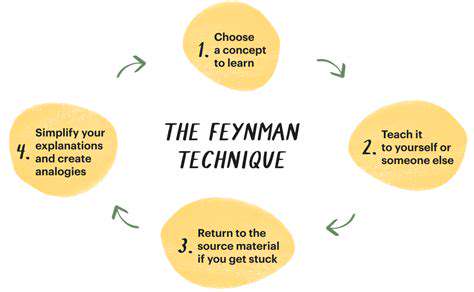

![How to Improve Your Memory and Retention [Techniques]](/static/images/32/2025-05/OptimizingYourLearningEnvironment3ASettingtheStageforSuccess.jpg)

